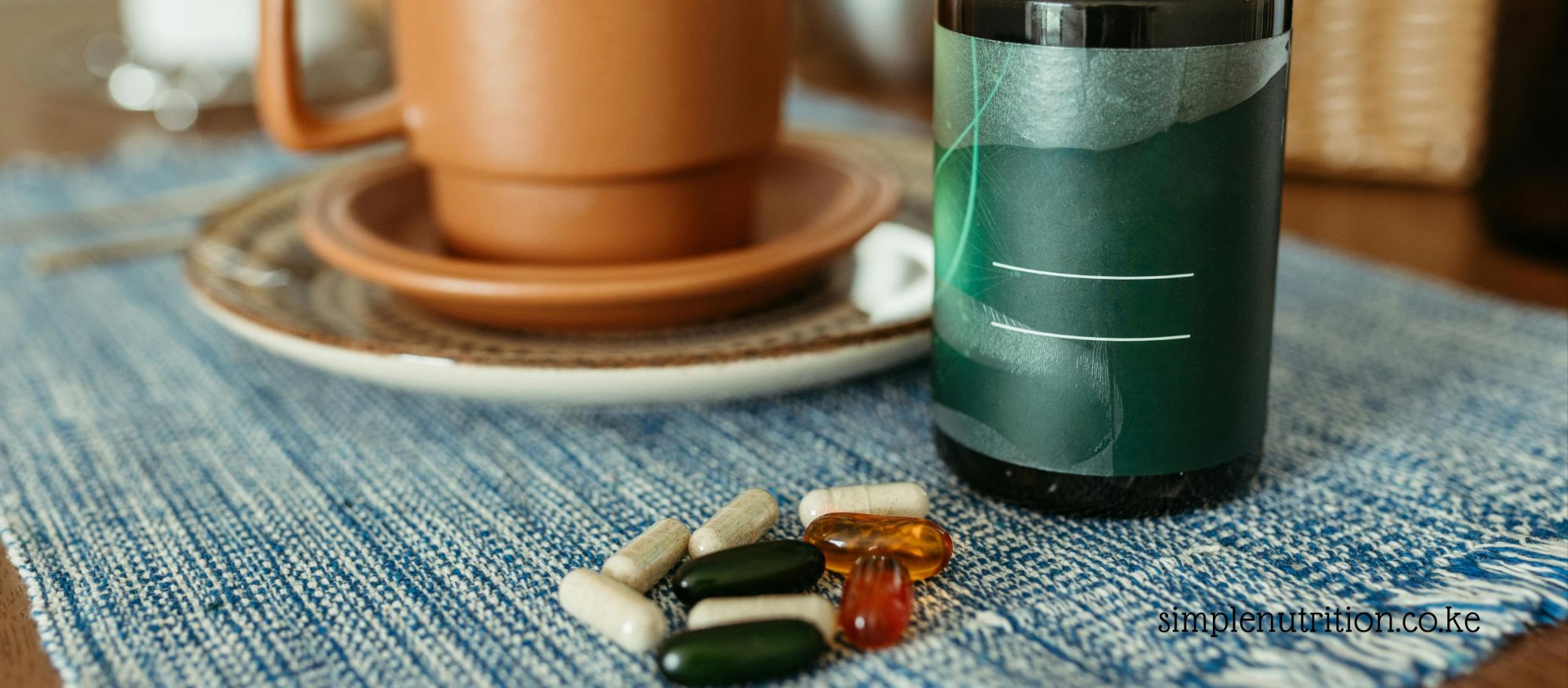We often think of sugar as something we sprinkle into our tea or salt as the pinch we add while cooking. But what many people don’t realise is that most of the sugar and salt we consume today don’t come from our kitchens they’re hidden inside the packaged foods we eat every day.
From breakfast cereals and sauces to snacks, bread, and even “healthy” drinks, hidden sugars and salts are silently shaping our health and weight in ways we don’t notice until it’s too late.
I’ve seen it countless times people who think they’re eating “well” but can’t understand why they’re not losing weight or why their blood pressure is creeping up. The answer often lies in those small, seemingly harmless packaged items they reach for daily. And the scariest part? These ingredients don’t just affect your waistline they impact your heart, your gut, your energy levels, and even your mood.
It’s time we pull back the curtain and look closely at how packaged foods might be sabotaging our health goals and what we can do about it.
The Hidden Sugar Trap: More Than Just Sweets
When you think of sugar, you probably picture cakes, sweets, or sodas. But sugar has many disguises, and food manufacturers use them to make products taste better, last longer, and keep you coming back for more. You’ll find it lurking in bread, salad dressings, flavored yogurt, breakfast cereals, fruit juices, and even tomato sauce.
Names like maltose, fructose syrup, sucrose, dextrose, and corn syrup might not sound alarming, but they all mean one thing, added sugar. And too much of it is linked to weight gain, insulin resistance, type 2 diabetes, and non-alcoholic fatty liver disease.
For anyone trying to lose weight, hidden sugars are a major obstacle. They cause spikes and crashes in blood sugar levels, leaving you hungry sooner and craving more sweet foods. This cycle leads to overeating and makes it harder to maintain a calorie deficit a key factor in effective weight loss.
Where Hidden Sugars Hide
- Breakfast cereals: Even “whole grain” or “fortified” cereals often have several teaspoons of added sugar per serving.
- Flavored yogurt: Many brands add more sugar than a doughnut.Fruit juices and smoothies: Often loaded with added sugars despite being marketed as “natural.”
- Bread and sauces: A single slice of bread or tablespoon of ketchup can contain more sugar than you expect.
The Silent Salt Overload: The Hidden Danger in Savory Foods
If sugar is sneaky, salt is silent. Most people assume they’re not eating too much salt because they don’t add much to their food but over 70% of the sodium we consume comes from processed and packaged foods, not the salt shaker.
Salt is added not just for taste but to preserve food and improve texture. The problem is, high sodium intake is directly linked to high blood pressure, heart disease, kidney damage, and water retention and it makes weight loss more difficult by causing bloating and increasing appetite.
Common Culprits for Hidden Salts
- Packaged snacks like crisps and crackers
- Canned soups and vegetables
- Instant noodles and ready-made sauces
- Processed meats like sausages, ham, and bacon
- Even foods labeled “low-fat” often compensate for reduced fat by increasing salt and sugar, creating a false sense of healthiness while still harming your body.
Why Hidden Sugars and Salts Matter for Weight Loss
If you’ve been eating less and moving more but the scale won’t budge, hidden sugars and salts may be to blame. Here’s how they quietly sabotage your progress:
- They trigger cravings. Hidden sugars disrupt your blood sugar balance, leading to energy crashes and sugar cravings that push you to eat more.
- They make you retain water. Excess salt causes your body to hold onto water, which can mask fat loss and make you feel heavier and more bloated.
- They add empty calories. Packaged foods are often calorie-dense but nutrient-poor, leaving you unsatisfied and hungry again soon after eating.
- They affect gut health. High sugar and salt intake disrupts your gut microbiome, making digestion less efficient and weight loss harder.
To support your gut and improve digestion naturally, it’s worth learning about The Role of Dietary Fibre in Our Diet, which explains why fibre-rich whole foods are key to long-term health and weight management.
How to Spot Hidden Sugars and Salts on Labels
Reading nutrition labels is one of the most powerful tools you have for protecting your health. Here’s what to look for:
- Check the ingredient list first. Ingredients are listed by weight. If sugar or salt appears in the first three items, that product is high in it.
- Watch for multiple sugars. Manufacturers often use several types of sugar to disguise the total amount.
- Check “per serving” amounts. Be aware of portion sizes many labels list sugar and sodium per serving, not per package.
- Avoid anything with more than 15g of sugar or 1.5g of salt per 100g. These are considered high-sugar or high-salt foods.
Once you start reading labels, you’ll be shocked at how many “healthy” products are packed with these hidden ingredients.
Healthy, Affordable Alternatives to Packaged Foods
The good news is, you don’t have to give up convenience or flavor to avoid hidden sugars and salts. There are plenty of affordable and healthier alternatives:
- Choose whole foods over processed ones. Fresh fruits, vegetables, legumes, and whole grains are naturally low in salt and sugar.
- Make your own sauces and dressings. Homemade tomato sauce, salad dressings, and dips let you control what goes in.
- Snack smart. Swap crisps and biscuits for roasted groundnuts, boiled maize, or sliced fruit.
- Drink smarter. Replace sugary drinks with infused water, herbal tea, or smoothies made with whole fruits.
- Bake and cook at home. Homemade bread, porridge, or snacks often have less sugar and salt than store-bought versions.
Building Better Habits for Long-Term Health
Reducing hidden sugars and salts isn’t about cutting out every packaged food it’s about awareness and balance. Start with small, manageable changes. Replace one sugary drink with water, make your own salad dressing instead of buying bottled ones, and gradually shift toward whole, minimally processed foods.
These small choices add up. Over time, you’ll notice changes not just in your weight but in your energy levels, digestion, mood, and overall health.
The most dangerous thing about hidden sugars and salts is how easy they are to ignore. They hide in plain sight, disguised in everyday foods and even in products marketed as “healthy.” But once you become aware of them, you take back control of your diet, your weight, and your long-term health.
Healthy eating doesn’t have to mean expensive superfoods or complicated diets. Often, it’s about returning to the basics: fresh ingredients, simple meals, and mindful choices. By reading labels, cooking more at home, and choosing whole foods, you can protect your body from the silent effects of hidden sugars and salts and set yourself up for lasting health and sustainable weight loss.
Discover more from Simple Nutrition
Subscribe to get the latest posts sent to your email.






